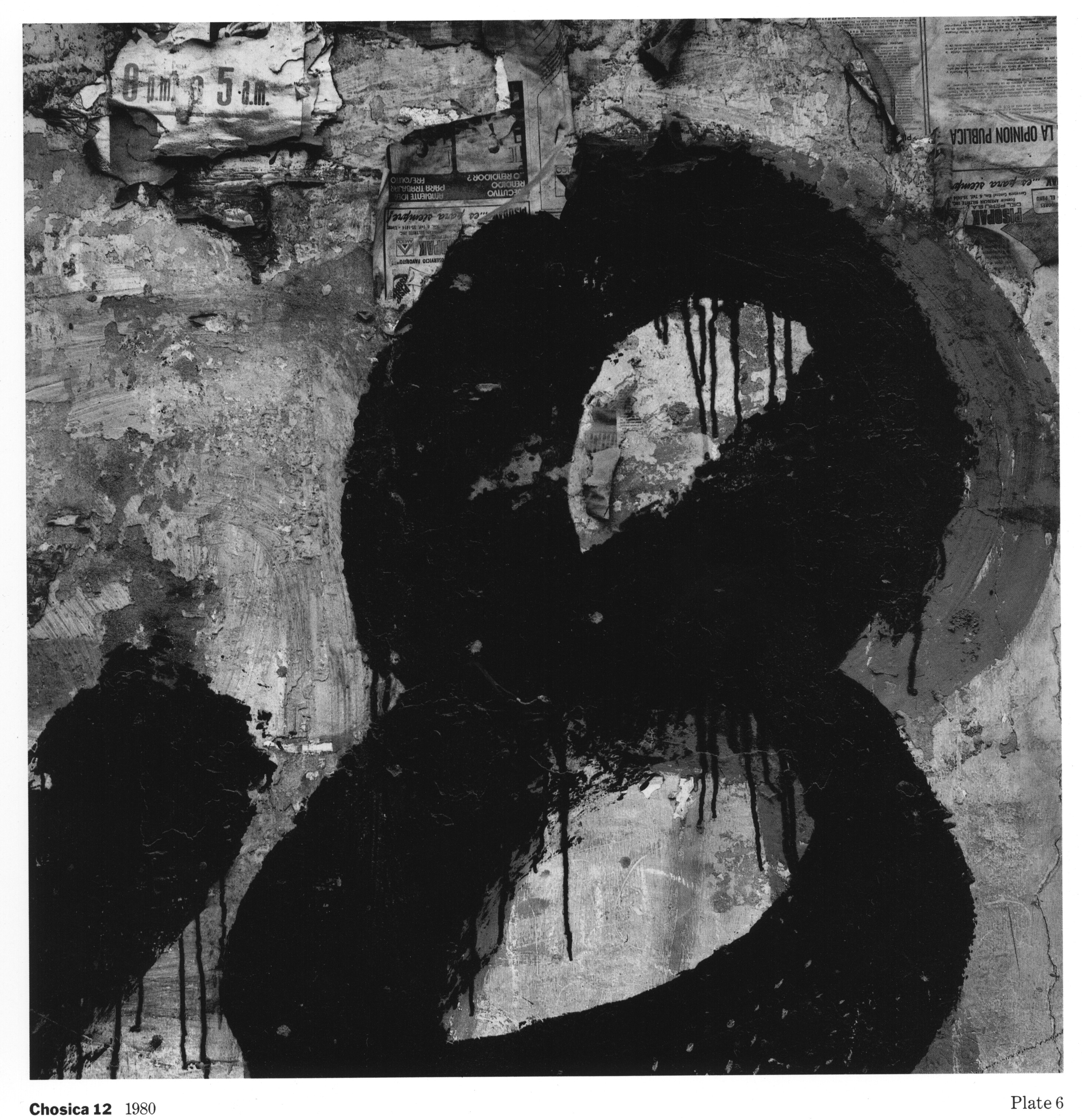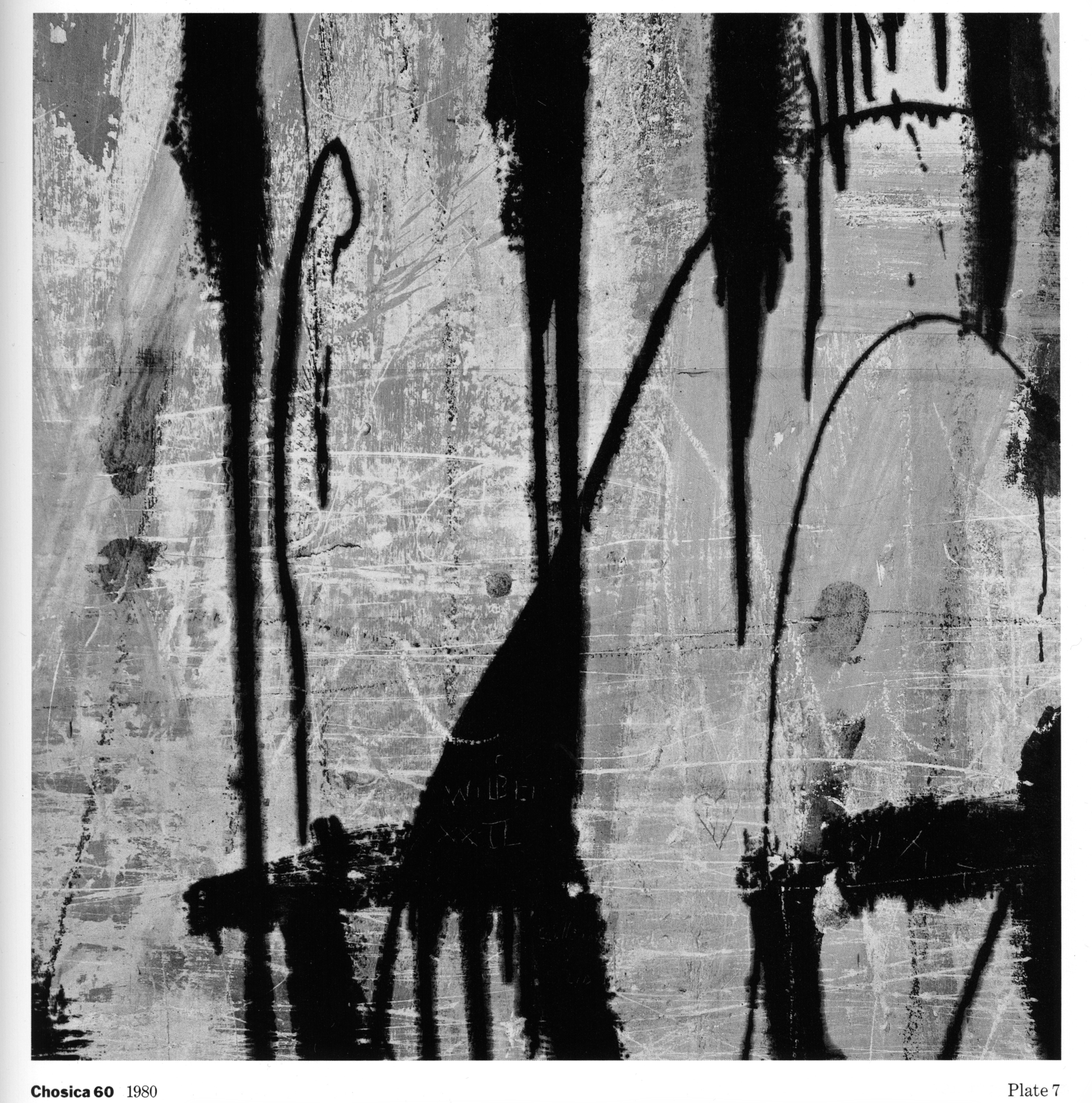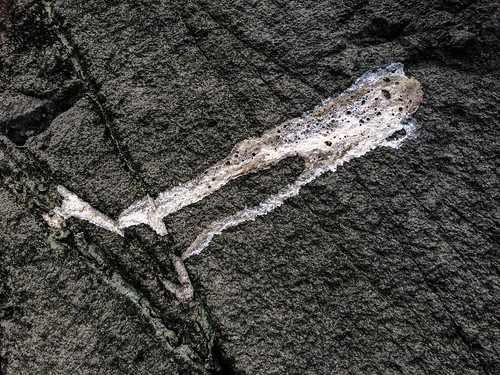

In particular, I've dipped fairly deeply into the work of Aaron Siskind, and found a great deal to think about. I happened upon Road Trip: Photographs 1980-1988 (published by The Friends of Photography in their Untitled series), and fell deeply into a number of the images. Two of them:


A couple of years ago I started a Flickr Album of "mostly unwitting homage to Aaron Siskind" and just yesterday added this one:

I eagerly await the arrival of Carl Chiarenza's Aaron Siskind: Pleasures and Terrors, and in the meantime offer two quotations from Siskind:
As the saying goes, we see in terms of our education. We look at the world and see what we have learned to believe is there. We have been conditioned to expect. And indeed it is socially useful that we agree on the function of objects.(See also Aaron Siskind : toward a personal vision 1935-1955 [pdf from archive.org])
But, as photographers, we must learn to relax our beliefs. Move on objects with your eye straight on, to the left, around to the right. Watch them grow large as you approach, group and regroup themselves as you shift your position. Relationships gradually emerge, and sometimes assert themselves with finality. And that's your picture.
What I have just described is an emotional experience. It is utterly personal: no one else can ever see quite what you have seen, and the picture that emerges is unique, never before made and never to be repeated. The picture—and this is fundamental—has the unity of an organism. Its elements were not put together, with whatever skill or taste or ingenuity. It came into being as an instant act of sight.
(1945, in Minicam Photography, reprinted in Aaron Siskind: Another Photographic Reality, pp 186-187)I think a picture is a kind of a result of a conjunction of circumstances of which you are one. A picture is basically not a statement of what you believe but rather an indication of what you might believe, or what you might be believing, or what you don't know you believe.
(1978, conversation with Diane Johnson)